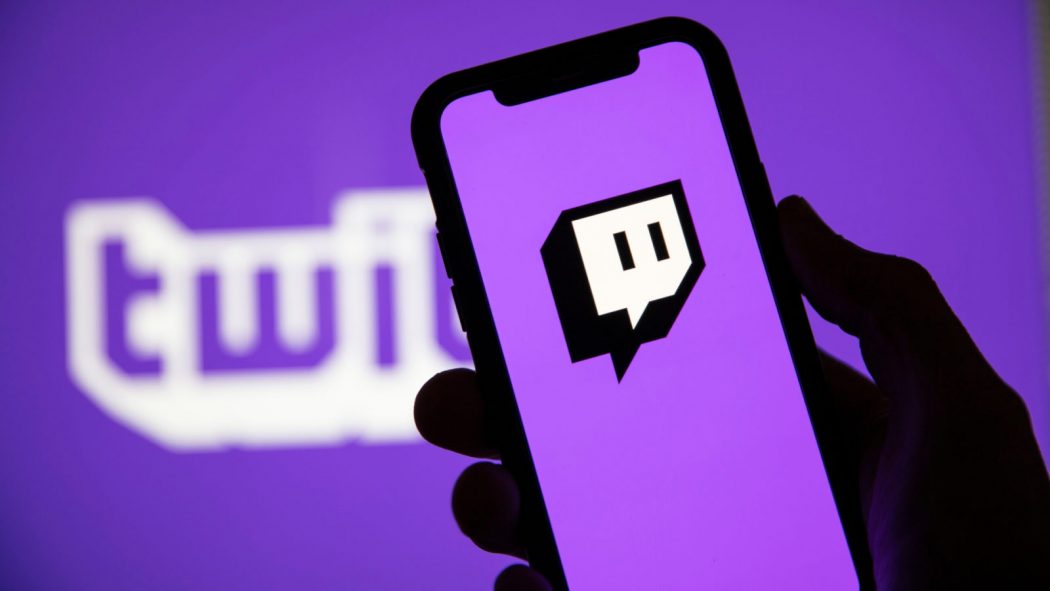Back in May of 2005, the world changed forever when three former PayPal employees launched their unfinished website. The free video-sharing platform Youtube was made available to anyone who had an Internet connection. With its release to the public, Youtube ushered in the era of constant content creation that began with grainy comedy sketches and cute cat edits and today covers any topic that you could think of, from home training to ASMR. In this new online world, one industry has slowly risen to the forefront—live streaming.
“Live streaming” is the act of sharing content with viewers in real time, allowing creators to interact with their viewers while they are delivering their content. Previously, live content had been reserved for big broadcast stations that had access to the technology and resources to make it available to the general public. But the continued development of the Internet has created the opportunity for anyone with a phone or computer to livestream their daily activities. Youtube launched its “Youtube Live” function for content creators in 2011, but there is another platform that has competed with Youtube in this category, at times even surpassing it.
In the same year, the executive team of Justin.tv launched Twitch.tv, a live streaming platform dedicated to the growth of esports and the gaming community. At the time, Justin.tv was the Internet’s largest provider of live streams, and Twitch was meant to be their foray into a different industry. However, Twitch surpassed all expectations. The previously-untapped market of gaming content drew in 45 million total video views per month in the same year of its release. By 2014 it had 20 million visitors per month and was bought out by Amazon, representing the acceptance of both esports and live streaming as a major media format. In a short lifespan, Twitch.tv has shaken the content creation industry and is recognized as the premier platform for esports.
The second stage of growth came in the form of individual streamers that were not necessarily professionals or even the best in their respective games
While professional esports is how Twitch started, it became clear that the highest level of gaming had limitations in reaching out a larger audience. The prerequisite knowledge required to understand concepts like the “metagame” or “shotcalling” alienated viewers who were looking for a more casual experience. The second stage of growth came in the form of individual streamers that were not necessarily professionals or even the best in their respective games. Names like Tyler1, Ninja, and Pokimane come to mind as streamers who have garnered huge viewership and followers with their personalities.
Today, Twitch is no longer just an esports platform. There are millions of streamers across countless different titles and categories who average anywhere from five to 200,000 average viewers on a Monday morning. Some notable games from 2020 were Valorant, Fall Guys, and the big one that captured the most viewership in the second half, Among Us. One of the categories that has seen the greatest amount of viewership growth is the “Just Chatting” category. That growth has been accelerated following the arrival of the COVID-19 pandemic.
Twitch streams offered an opportunity to interact with people that were slowly learning to cope with their new realities in fun and unique ways
For many, 2020 was an emotionally difficult year. Not everyone was in a position to be with their families or loved ones and were forced to isolate themselves and deal with the emotional stress of a global health crisis on their own. For these individuals, Twitch streams offered an opportunity to interact with people that were slowly learning to cope with their new realities in fun and unique ways. From the streamer’s perspective, they were able to share the simple aspects of their lives without a need for highly-produced content, which presented a win-win opportunity of which many streamers like ibai, coscu, and DisguisedToast took advantage.
With the sudden influx of variety content on a previously game-dominated platform, Twitch recorded seventeen billion hours of views in 2020, which was an 83 percent increase compared to nine billion hours in 2019. “Just Chatting” emerged as the number one category, with major titles like League of Legends and Fortnite moving down the ladder. COVID-19 has created an interesting opportunity for streamers to capitalize on and I am genuinely looking forward to seeing how the live streaming industry develops and what new formats emerge in 2021, especially since it seems like we’ve still got a long way to go.








